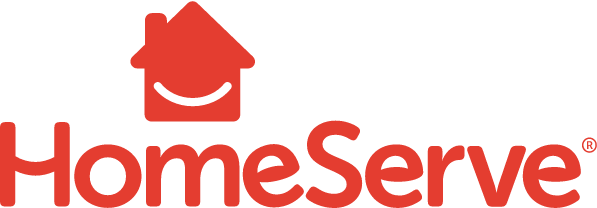Solar Trackers: Are They Right For Your Home?
By Rowan Guthrie
December 05, 2024
Efficiency is important when it comes to solar energy. One of the latest innovations designed to maximize the efficiency of solar panels is the solar tracker.
This May Also Interest You: What’s It Like to Go Solar? 5 Things They Don’t Tell You in the Brochure
But what exactly is a solar tracker, and is it something you should consider for your home?
What Is a Solar Tracker?
It’s a device that enables solar panels to follow the sun’s movement across the sky throughout the day. Unlike stationary solar panels that remain fixed in one position, solar trackers adjust the orientation of the panels to keep them facing the sun as it moves from east to west. This technology helps maximize the amount of sunlight your solar panels can capture, increasing your solar energy system's overall efficiency and energy output.
How Does a Solar Tracking System Work?
A solar tracker uses motors and gears to tilt and rotate the solar panels. Single-axis and dual-axis solar trackers are the two primary options.
A single-axis tracker moves the solar panels along one axis, usually from east to west, following the sun’s horizontal movement. This type of tracker is more common in residential solar installations because it’s simpler and less expensive than its dual-axis counterpart.
A dual-axis tracker moves the panels along two axes — both horizontally and vertically. This allows the panels to follow the sun’s movement more precisely, even as the sun’s angle changes with the seasons. While dual-axis solar trackers offer higher efficiency, they're more complex and typically more expensive, making them more common in large-scale solar projects.
Advantages of Using a Solar Tracker
The primary advantage of using a solar tracker is increased efficiency. It allows solar panels to face the sun directly throughout the day, significantly boosting energy production. Consequently, a solar tracker system can be attractive for homeowners with limited roof space or those looking to maximize their solar investment.
Another advantage is that they can help extend your panels' exposure time to direct sunlight. By tracking the sun’s movement from sunrise to sunset, your panels can continue producing energy even during the early morning and late afternoon, when the sun’s angle is lower. This can be particularly beneficial if your home experiences varying levels of sunlight throughout the day due to surrounding trees or buildings.
Disadvantages of Using a Solar Tracker
Although they offer impressive benefits, they also come with some downsides that are important to consider. First and foremost is the cost. A solar tracker system is more expensive to install than a stationary solar panel system. This added cost is due to the additional hardware, motors and technology required to move the panels throughout the day.
Another potential drawback is maintenance. Since solar trackers have moving parts, they're more prone to wear and tear when compared to stationary panels. You may need to invest in more regular maintenance to keep the system running smoothly, which can add to the overall cost of ownership.
More Related Articles:
How Much Difference Does a Solar Tracker Make in Power Production?
The difference in energy production can be substantial, but it varies depending on several factors. On average, a single-axis solar tracker can increase energy production by up to 21% compared to a stationary system, while a dual-axis tracker can boost output by up to 31%. These numbers are most impressive in regions with abundant sunlight and minimal shading.
However, you should weigh this increased efficiency against the higher initial costs and potential maintenance expenses. In some cases, the return on investment time may be longer than that of a traditional fixed solar array. However, if electricity costs are high where you live, the added efficiency could make a solar tracker a worthwhile investment.
Should You Consider a Solar Tracker For Your Solar Panels?
This depends on your specific situation. If you want to get the most out of your solar panels and are willing to invest in a more complex system, a solar tracker could be a good fit. However, if up-front cost and low maintenance are your top priorities, you might find a traditional stationary system meets your needs just fine.
Ultimately, choosing between a stationary solar panel system and one equipped with a solar tracker depends on your goals, budget and local conditions. A solar tracker offers the potential for higher efficiency and energy production, but it also comes with higher costs and maintenance requirements. By carefully considering these factors, you can make an informed decision that aligns with your energy needs and financial goals.
View Plans in Your Area
Popular
Apr 26, 2021
Apr 01, 2024
Get the latest news, tips and promotional messages, including special offers.

